I am running some geoprocessing tasks in R, in which I am trying to create some polygons for clipping rasters of environmental information. I am buffering somewhat complex polygons, and this leaves small subgeometries that I would like to get rid of. In ArcGIS, I think this would involve converting my polygon from multipart to singlepart (or something along those lines) and then dissolving, but I don't know how to do this in R.
Here's an example that illustrates the problem:
require(maptools)
require(rgeos)
data(wrld_simpl)
wrld_simpl[which(wrld_simpl@data$NAME=='Greece'),]->greece
proj4string(greece)<-CRS('+proj=lonlat +datum=WGS84')
gBuffer(greece,width=0.5)->buf
plot(buf)
What I really want is the outer boundary of the polygon, with nothing else inside. Any ideas?

